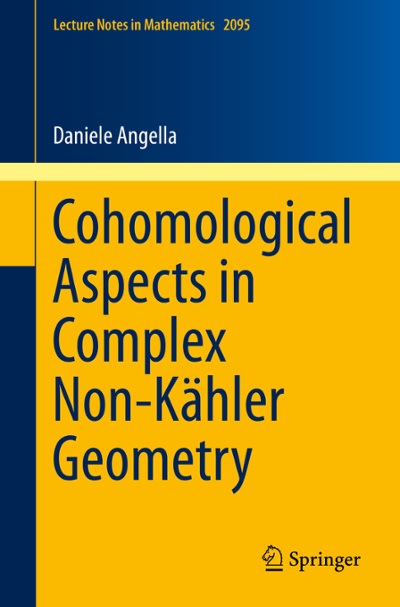Question
An experiment to estimate Weibull parameters produced the following data: 10 exact times of failure at t 1 , t 2 , ..., t 10
An experiment to estimate Weibull parameters produced the following data: 10 exact times of failure at t1, t2, ..., t10; 5 more failures in the readout interval (0,T1); and 7 more fails between T1and T2and. The mixture of exact times and read-out times came about because two test chambers were used, only one of which had continuous monitoring capability. The chamber with exact failure times ended test at time T2, with 10 unfailed units. The other chamber also ended test at time T2, with 8 unfailed units. Write the equation for LIK. How would LIK change if you learned that the failure at time t7was caused by a chamber mishap, and not by the failure mechanism under investigation?
(Hint: Multicensored data can also come about when test components fail for more than one reason. For example, a corrosion failure mode and a metal migration failure mode might both take place when testing a semiconductor chip. Each mode of failure might follow a completely different life distribution, and it is desirable to analyze the data for each mode separately.If the failure modes act independently of one another, we can analyze the corrosion data alone by treating the times when the units failed due to migration as random censor-ing times, which is called noninformative censoring. After all, if migration failure had not occurred, these units would have eventually failed due to corrosion. Instead, they were taken off test at the time of their migration failure.The analysis of migration failures is done in a similar fashion, by treating the times of corrosion failures as random censoring times. This approach can be extended to more than two independent modes of failure.)
Step by Step Solution
There are 3 Steps involved in it
Step: 1

Get Instant Access to Expert-Tailored Solutions
See step-by-step solutions with expert insights and AI powered tools for academic success
Step: 2

Step: 3

Ace Your Homework with AI
Get the answers you need in no time with our AI-driven, step-by-step assistance
Get Started


